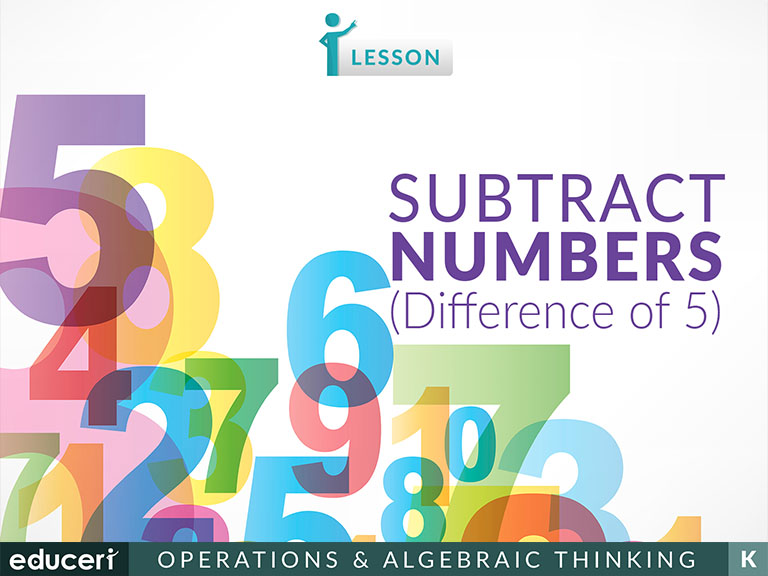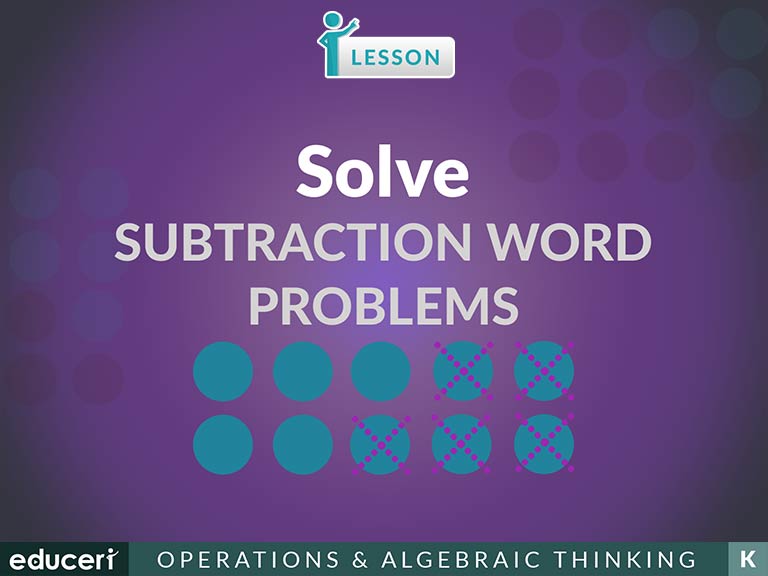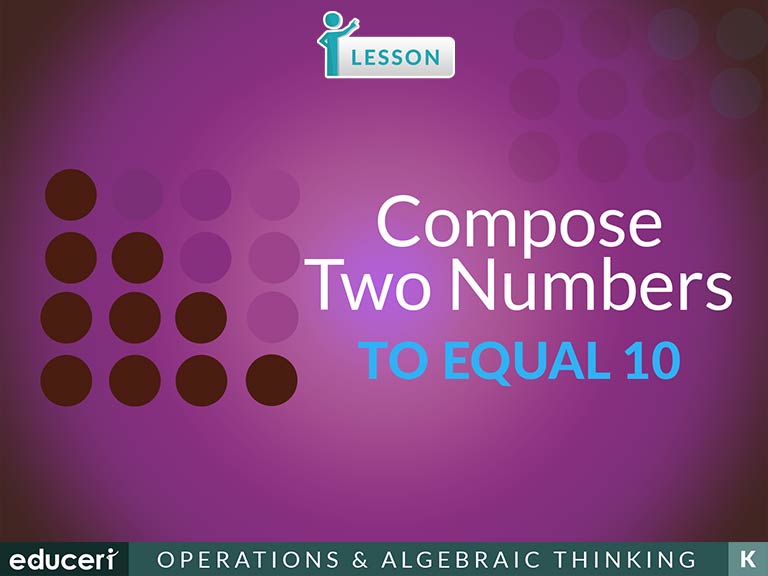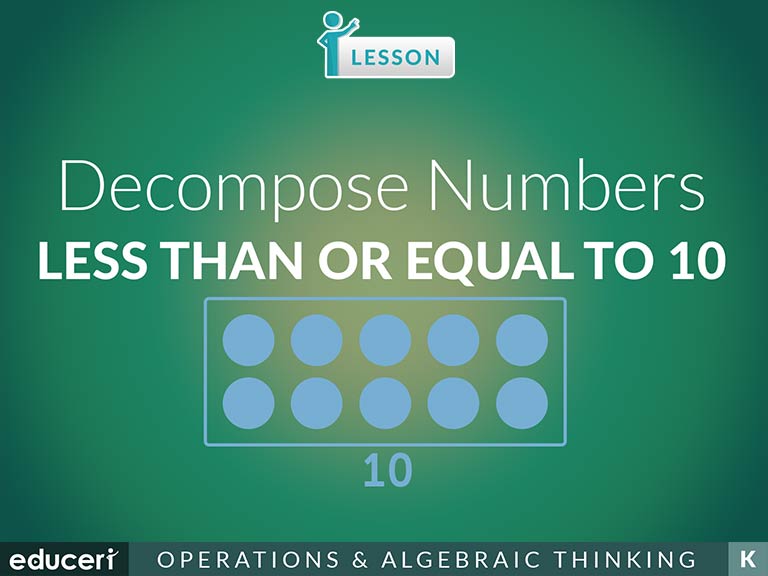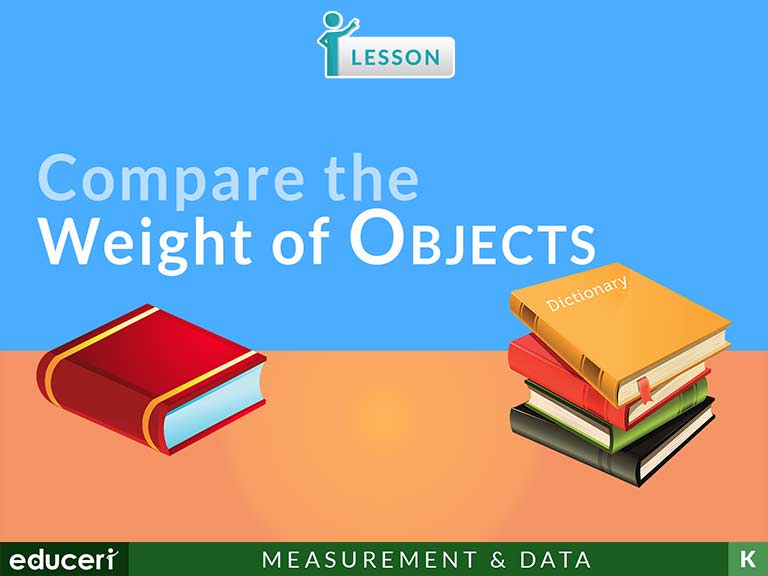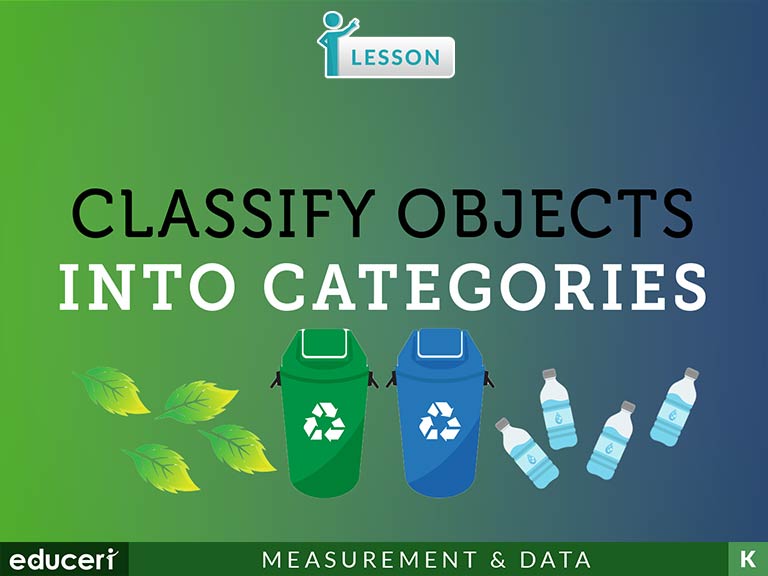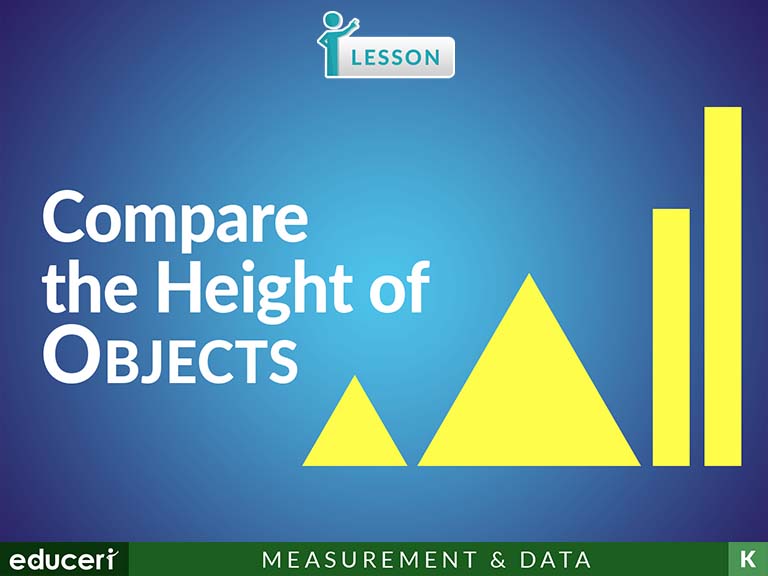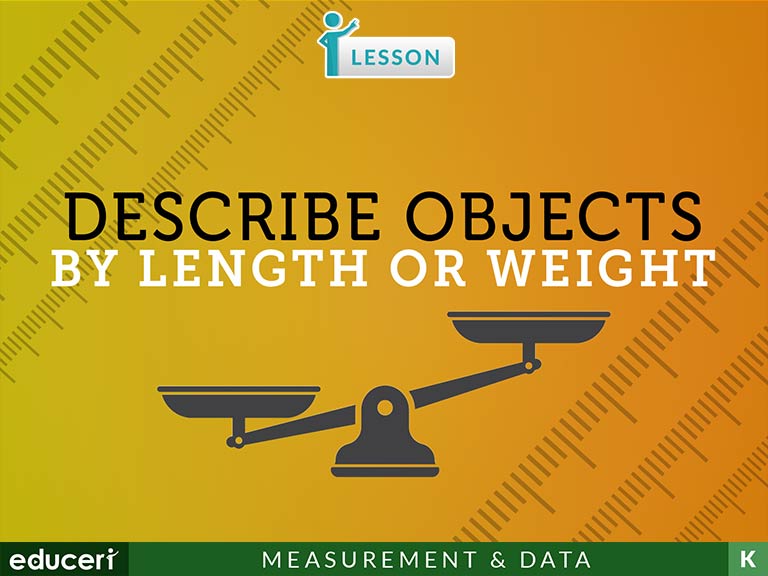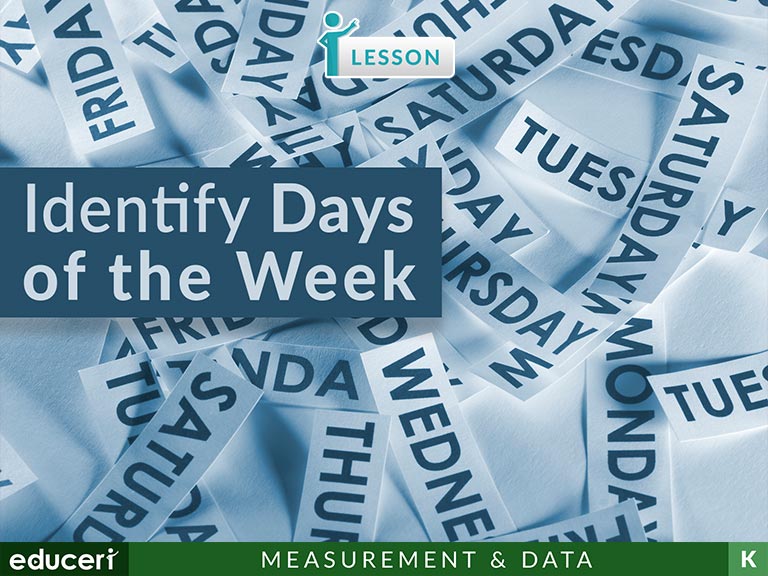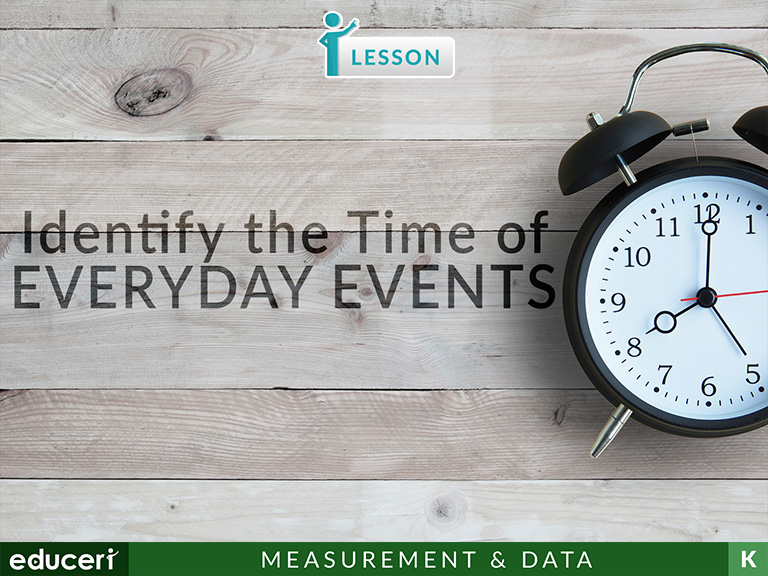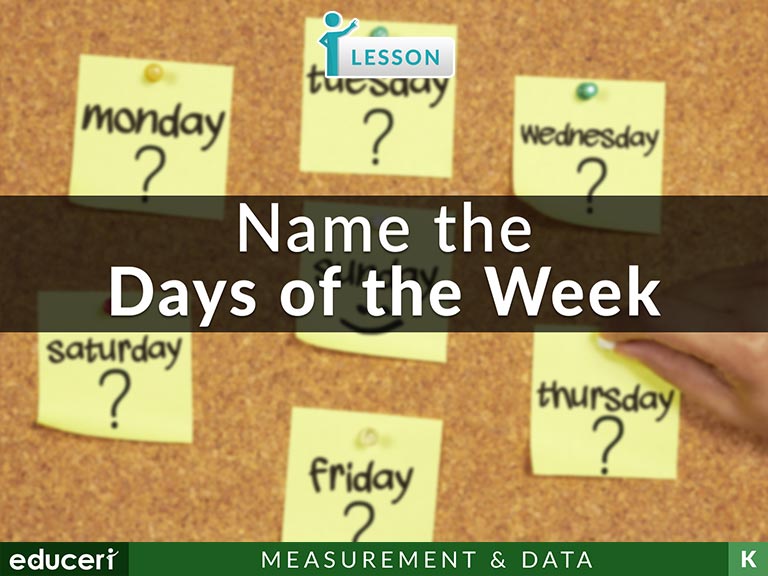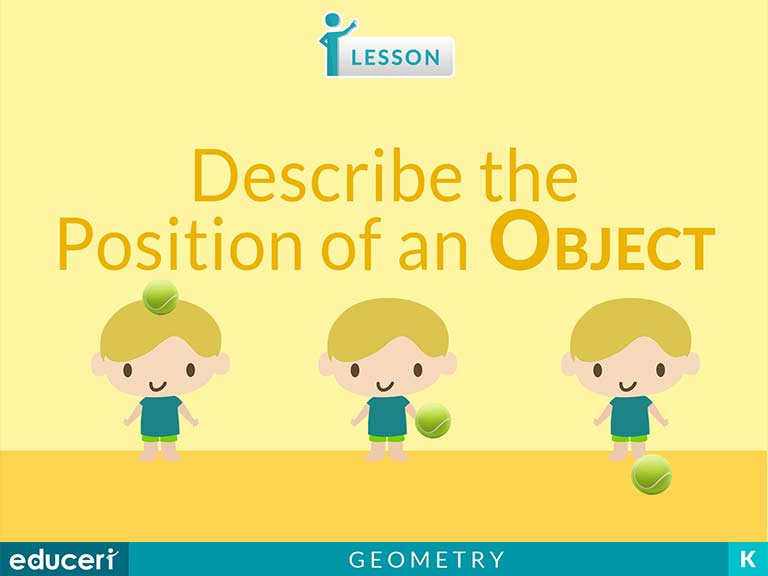All Lessons
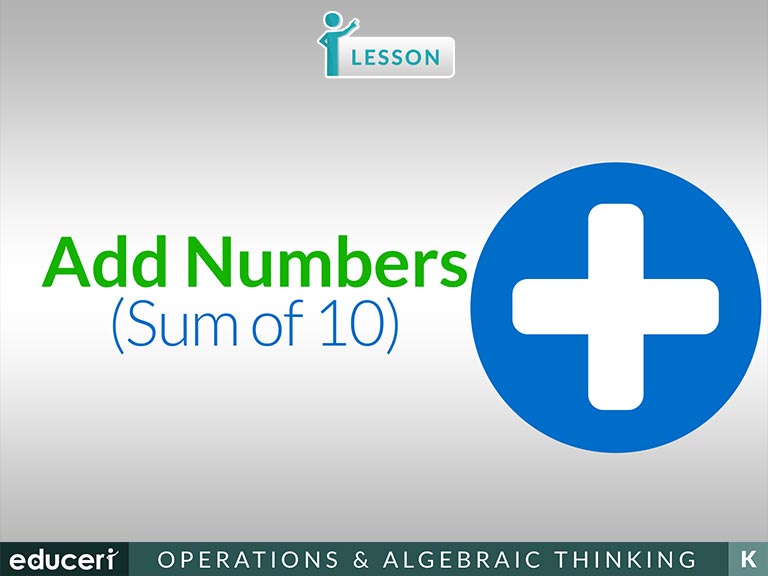
Add Numbers (Sum of 10)
This number sense lesson focuses on showing the meaning of adding. The lesson includes research-based strategies and questions that help prepare students for assessments. In this lesson, students count and write the number of objects in each group, and put them together to show the meaning of adding. Then, they write the total amount and read the problem aloud. In addition to the lesson, there are four pages of Independent Practice and review with questions modeled after current adaptive testing items.
Share This Lesson
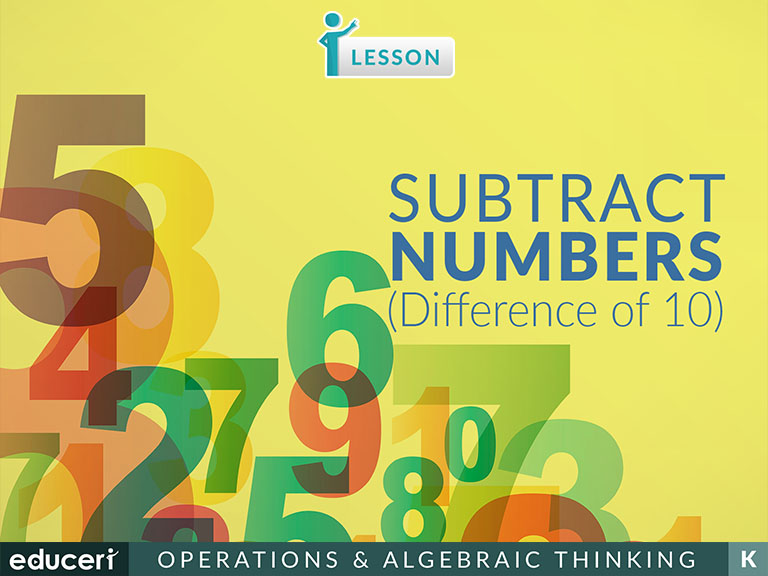
Subtract Numbers (6-10)
Share This Lesson
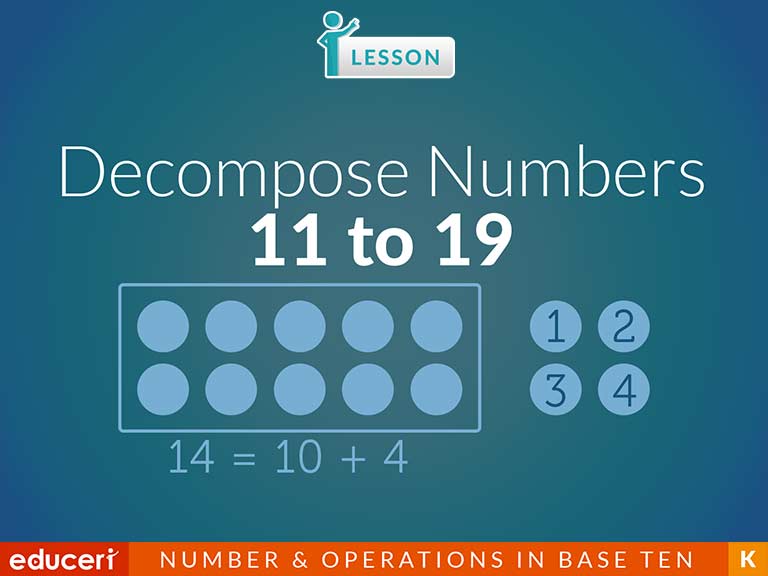
Decompose Numbers 11 to 19
This Numbers and Operations in Base Ten lesson focuses on decomposing numbers 11 to 19. As prerequisites, students should be able to write numbers from 0 to 20 (K.CC.3), and understand the relationship between numbers and quantities (K.CC.4). The lesson includes research-based strategies and strategic questions that prepare students for assessments.
Share This Lesson
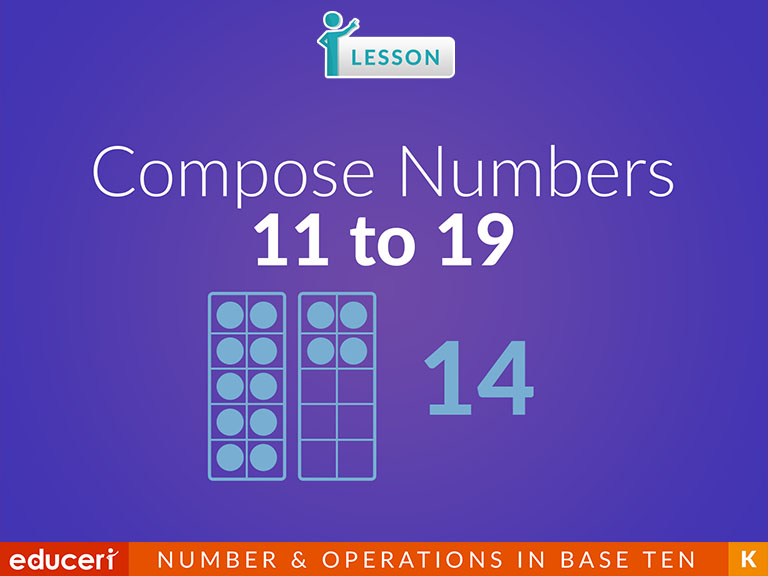
Compose Numbers 11 to 19
Share This Lesson
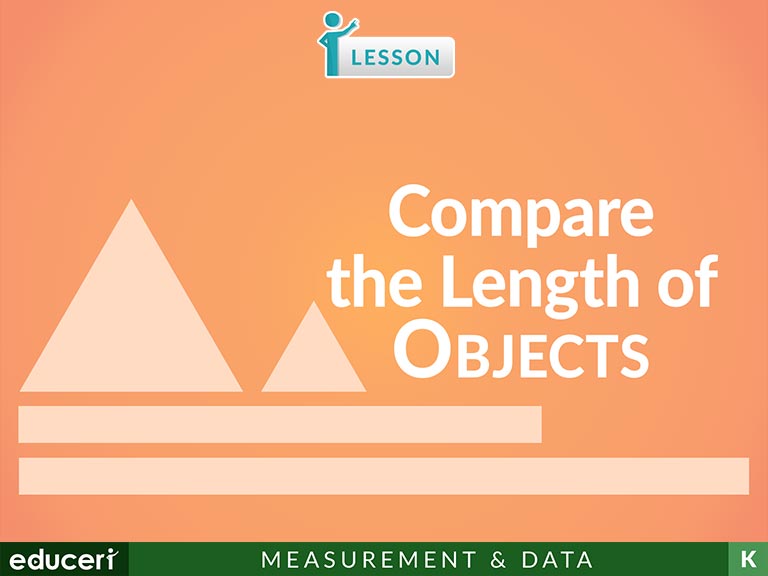
Share This Lesson
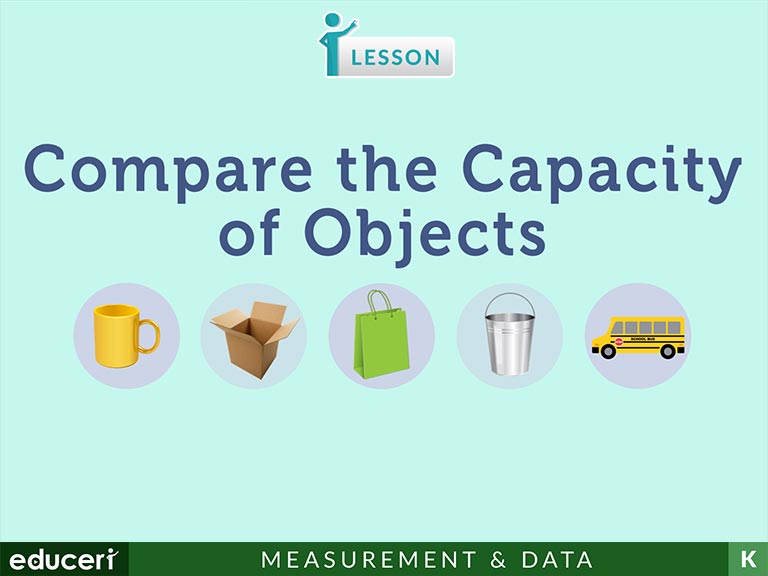
Compare the Capacity of Objects
Share This Lesson
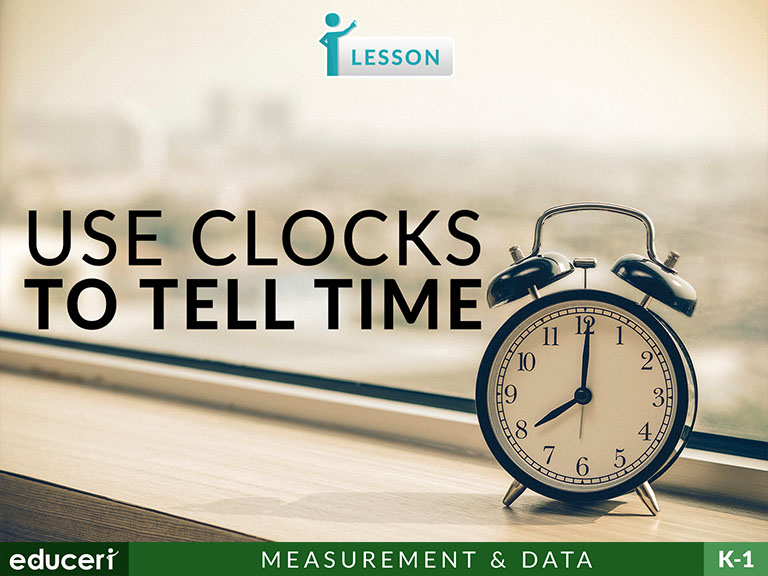
Use Clocks to Tell Time
This measurement and geometry lesson focuses on using clocks to tell time. The lesson includes research-based strategies and strategic questions that prepare students for assessments. In this lesson, the students look at a photo of two analog clocks and one digital clock. By looking at the short hand on the analog clocks they have to match it to the same time on the digital clock. In addition to the lesson, there are eight pages of Independent Practice and review modeled on current adaptive testing items.
Share This Lesson
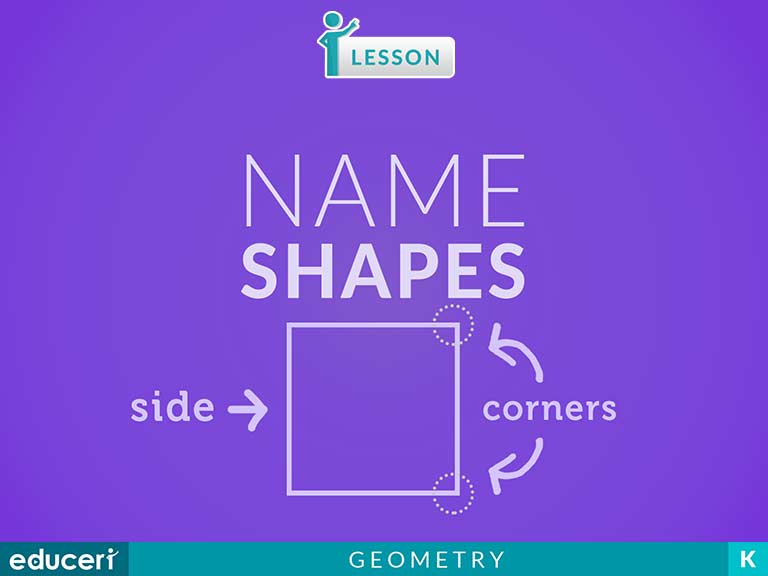
Name Shapes
(A) Identify two-dimensional shapes, including circles, triangles, rectangles, and squares as special rectangles
K.6.D(D) Identify attributes of two-dimensional shapes using informal and formal geometric language interchangeably
K.6.E(E) Classify and sort a variety of regular and irregular two- and three-dimensional figures regardless of orientation or size
